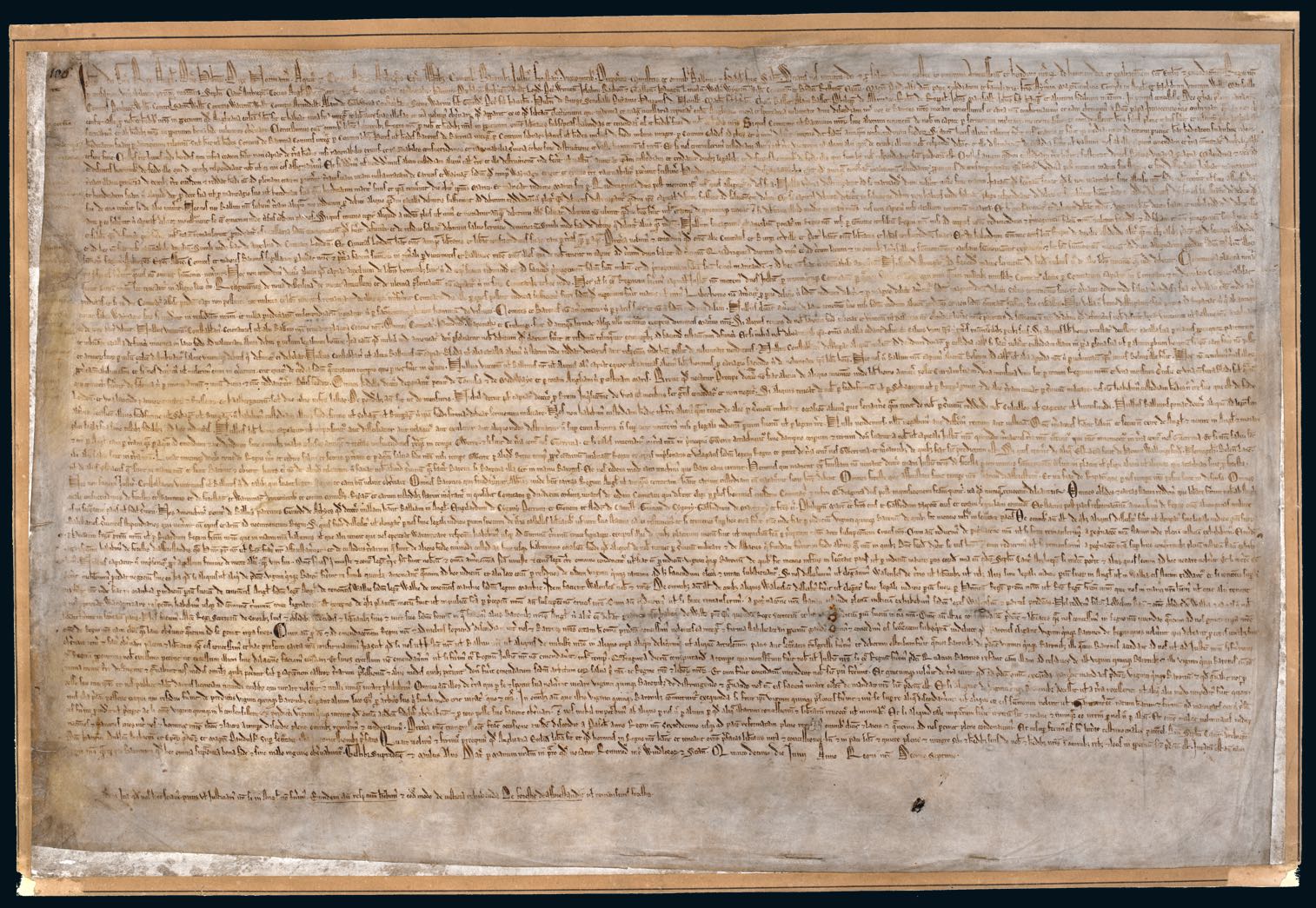
Nec nos nec ballivi nostri seisiemus terram aliquam nec redditum pro debito aliquo quamdiu catalla debitoris sufficiunt ad debitum reddendum; nec plegii ipsius debitoris distringantur quamdiu ipse capitalis debitor sufficit ad solucionem debiti. Et si capitalis debitor defecerit in solucione debiti non habens unde solvat, plegii respondeant de debito et si voluerint, habeant terras et redditus debitoris donec sit eis satisfactum de debito quod ante pro eo solverint nisi capitalis debitor monstraverit se esse quietum inde versus eosdem plegios.
Neither we nor our officials will seize any land or rent in payment of a debt, so long as the debtor has movable goods sufficient to discharge the debt. A debtor's sureties shall not be distrained upon so long as the debtor himself can discharge his debt. If, for lack of means, the debtor is unable to discharge his debt, his sureties shall be answerable for it. If they so desire, they may have the debtor's lands and rents until they have received satisfaction for the debt that they paid for him, unless the debtor can show that he has settled his obligations to them.
